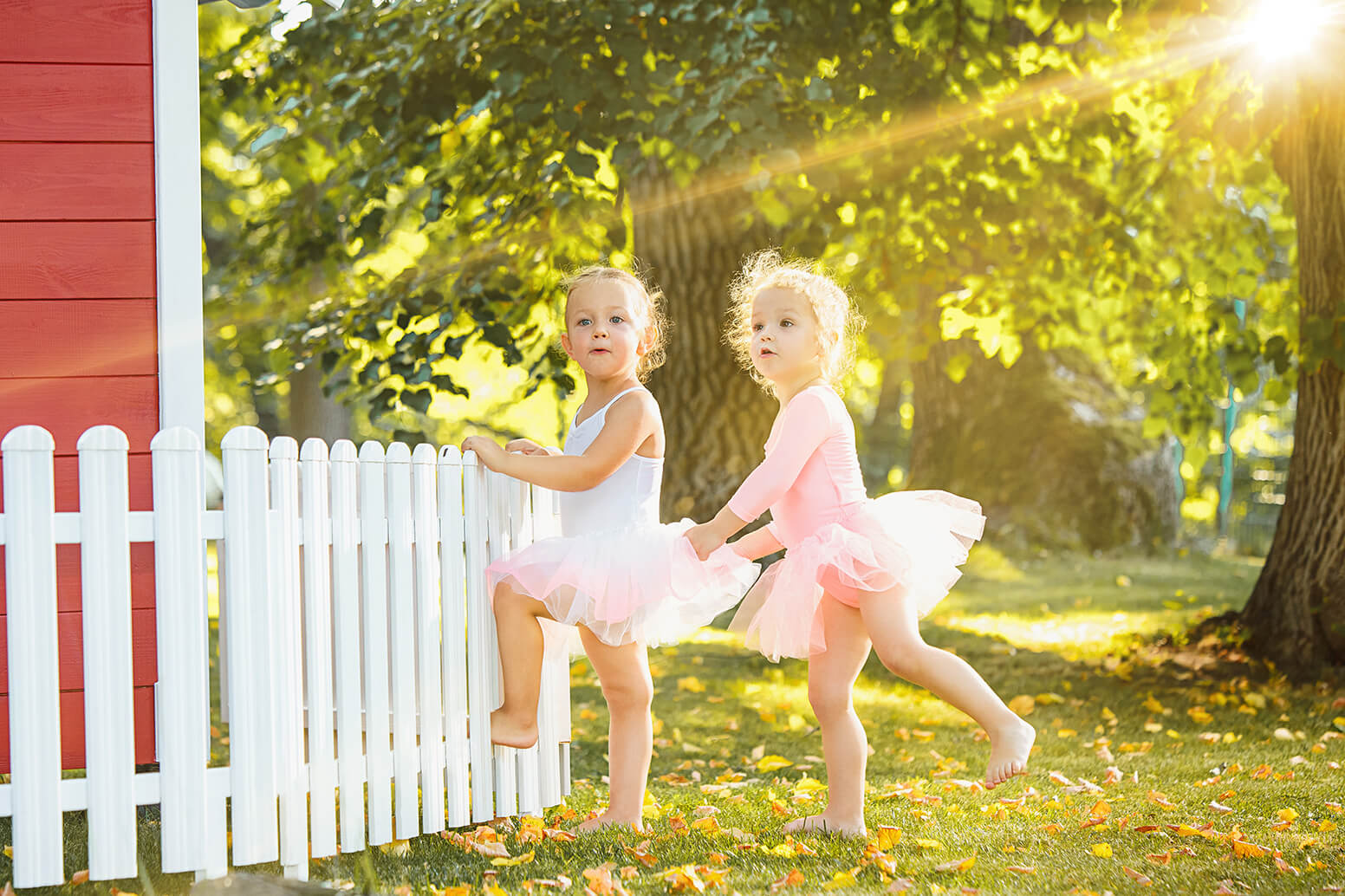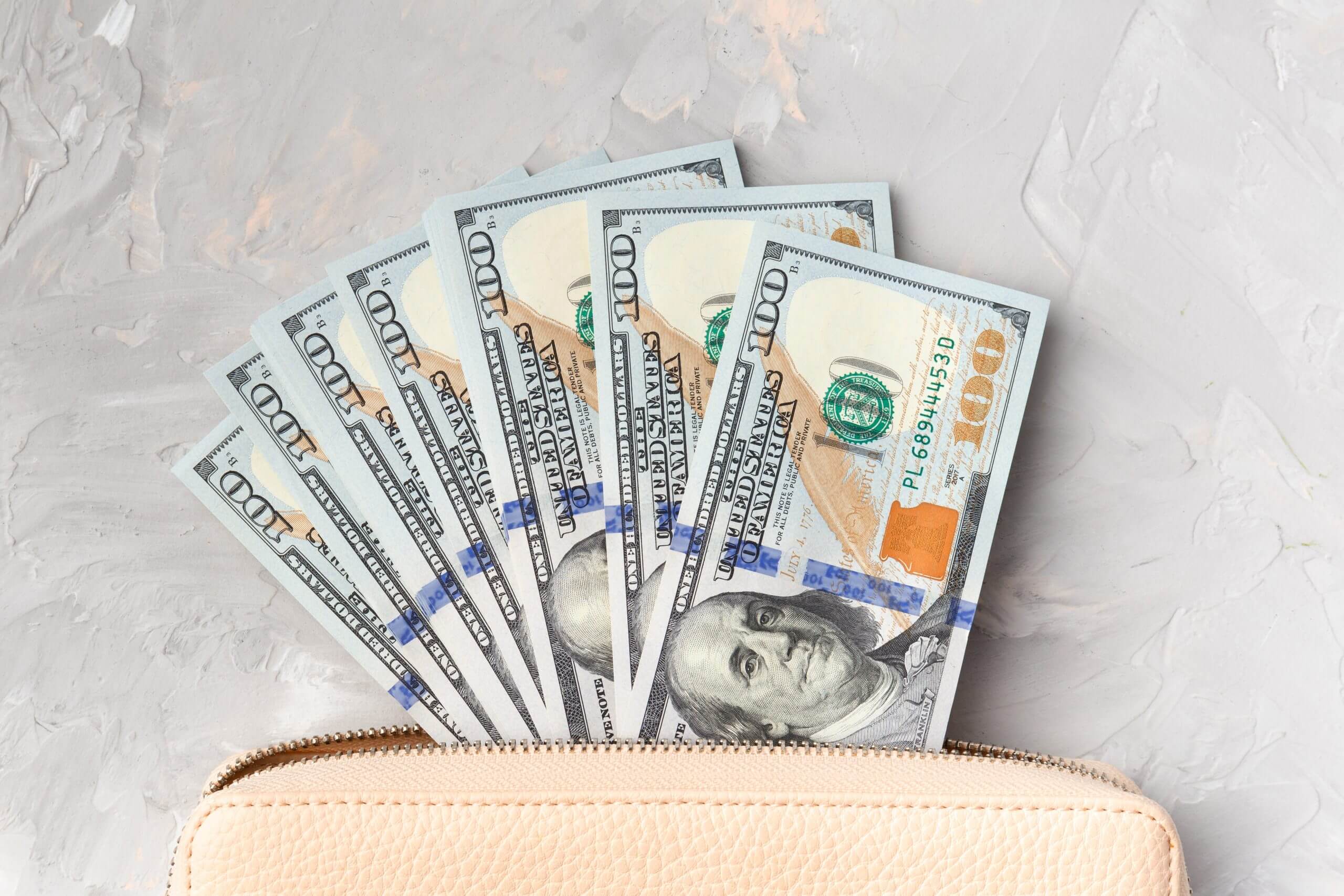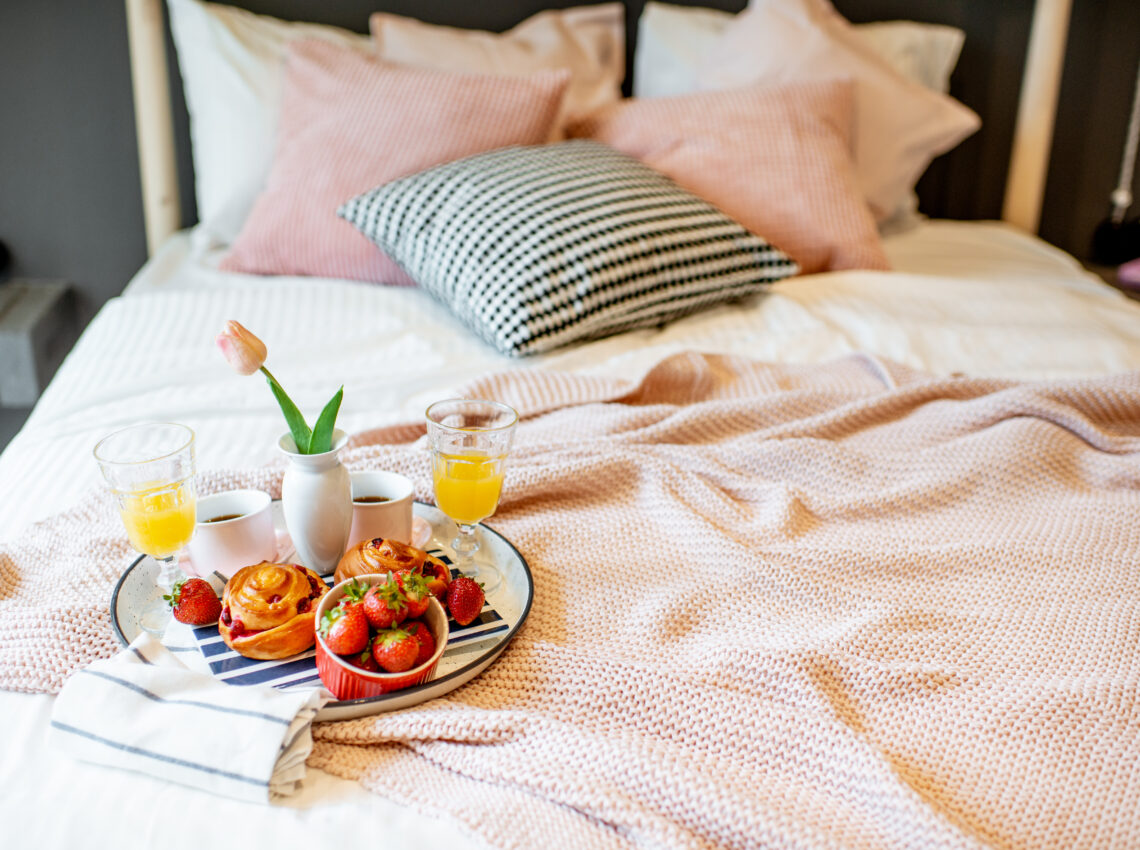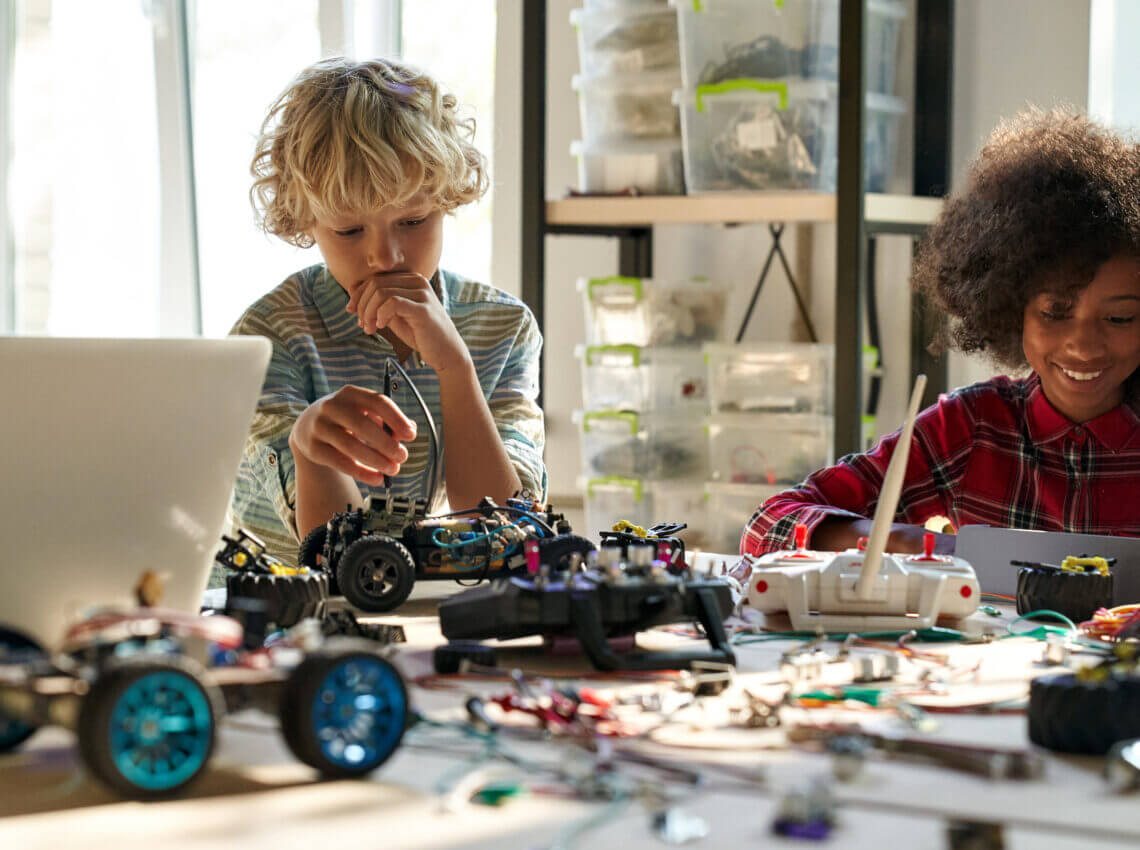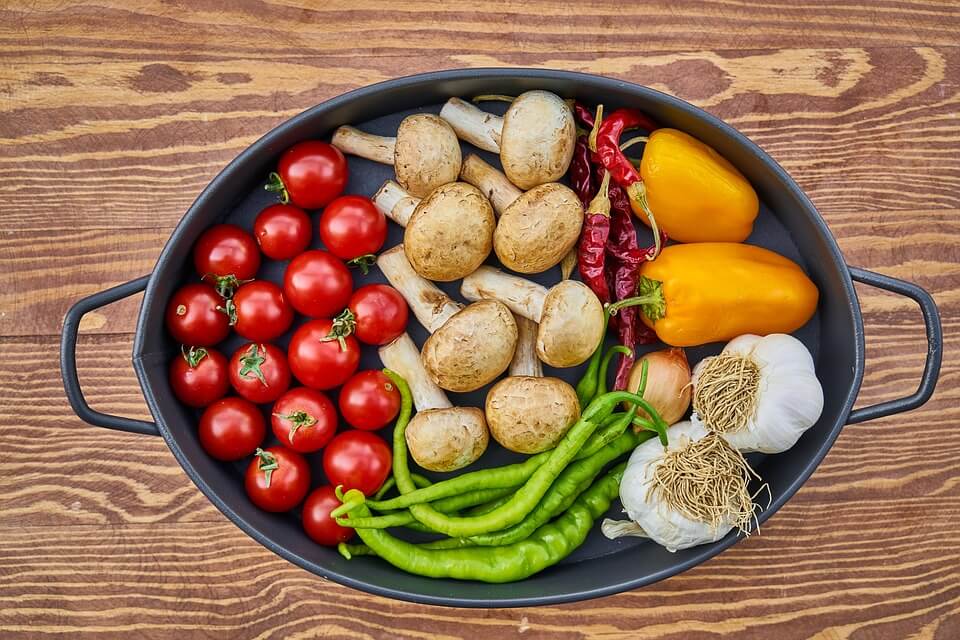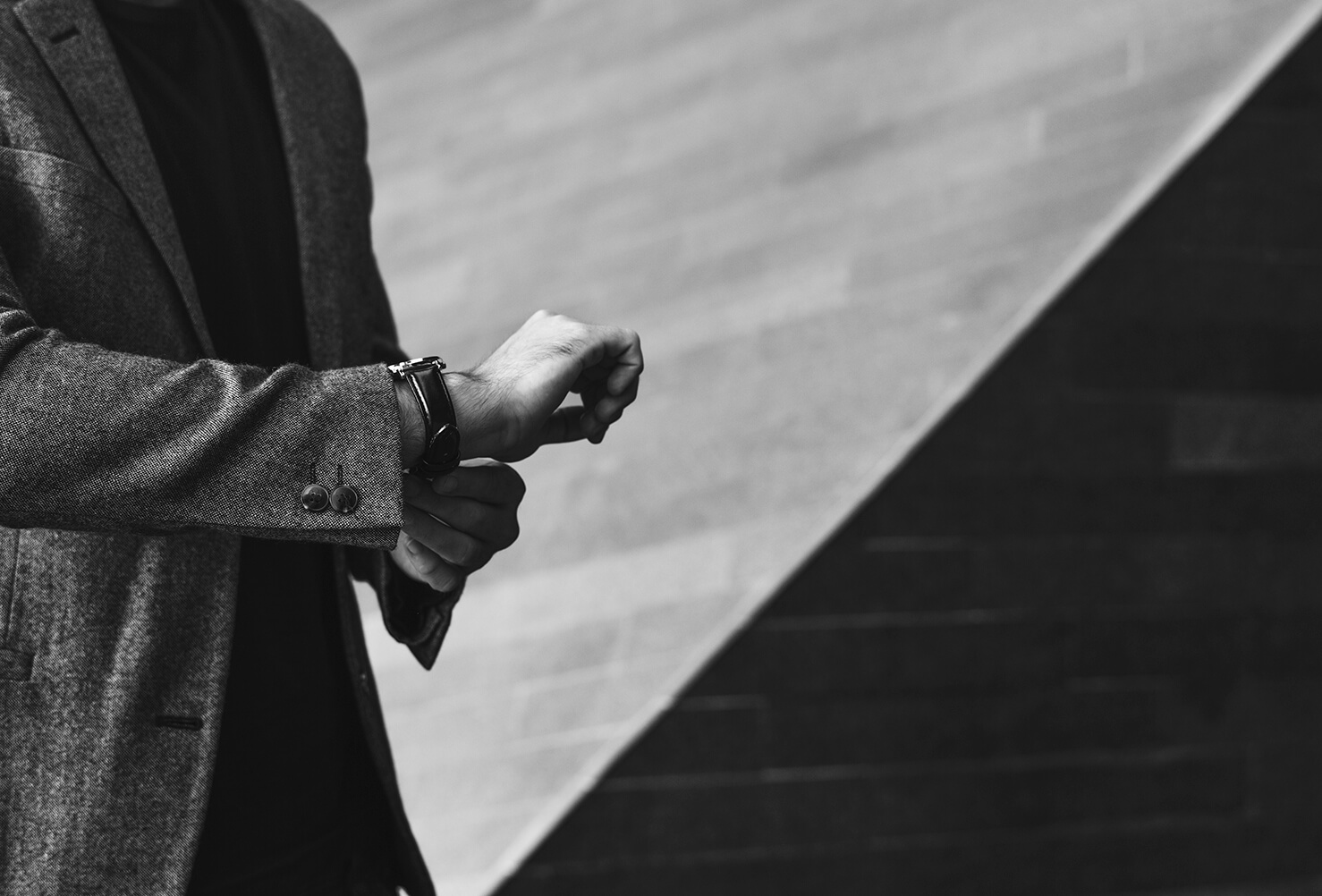Food Photography Tips: Mastering the Art of Capturing Irresistible Instagram Shots
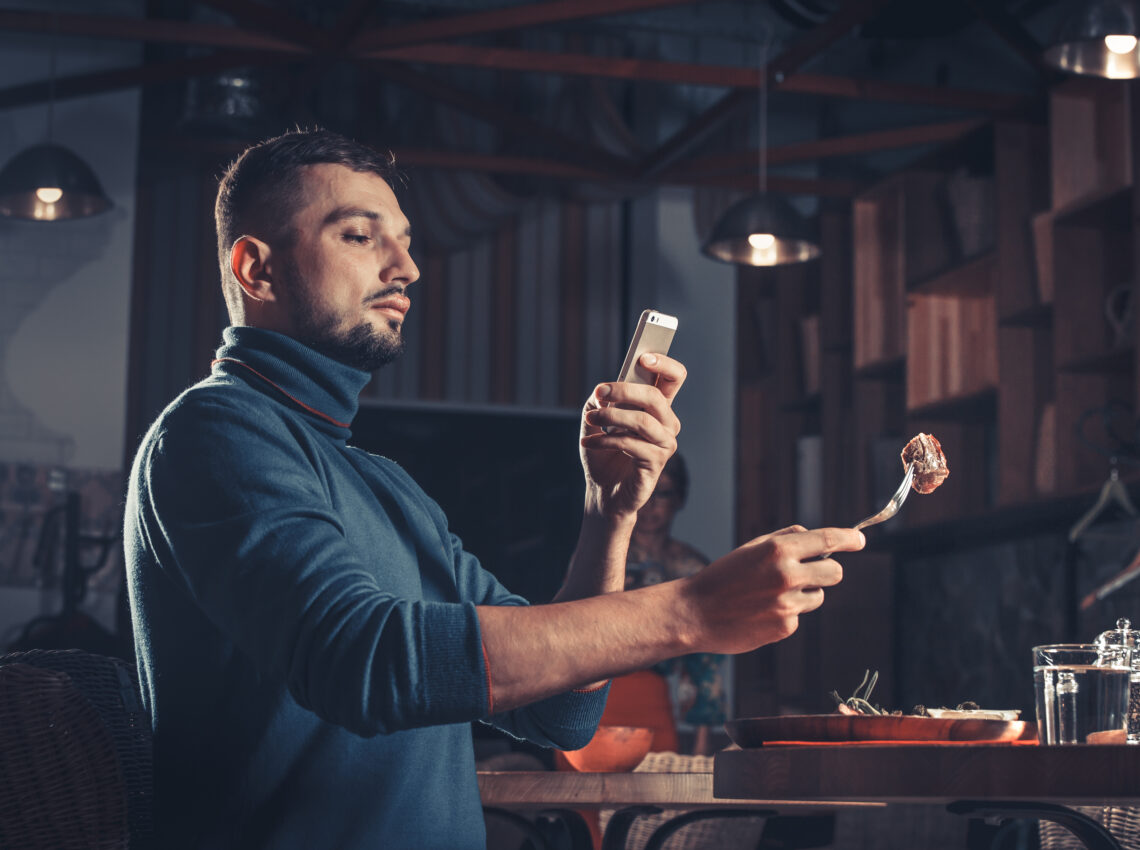
Food photography isn’t just about showcasing a dish; it’s about creating an experience. In the world of Instagram, where every scroll is a culinary journey, mastering the art of capturing mouthwatering food shots is a must. Whether you’re a seasoned photographer or a newbie with a smartphone, these food photography tips will help you elevate your game and leave your followers craving for more.
Setting the Stage for Food Photography
1. Lighting is Key
Good lighting is the foundation of any great food photograph. Natural light is your best friend. Position your setup near a window to benefit from soft, diffused sunlight. Avoid harsh overhead lights that can cast unflattering shadows. If you’re shooting in low light conditions, invest in a small LED ring light to add a gentle glow to your food.
2. Choose the Right Angle
The angle you shoot from can drastically change the mood of your photo. Experiment with different angles like overhead (flat lay), 45-degree angle, or eye-level. Each angle brings out unique details and textures in your dish. Don’t be afraid to get close and personal with your food.
The Art of Composition
3. Rule of Thirds
Imagine your frame divided into a tic-tac-toe grid. Place the main subject (your delicious dish) at the intersection of these lines. This simple rule can instantly make your photos more visually appealing and balanced.
4. Create Depth and Layers
A layered composition adds depth and intrigue to your food photos. Place props like cutlery, napkins, or ingredients strategically around your dish. This creates a story and draws the viewer into your culinary world.
Showcasing the Details
5. Macro Lens Magic
Invest in a macro lens attachment for your smartphone or camera. These lenses allow you to capture intricate details like the glistening droplets on a ripe strawberry or the delicate frosting on a cupcake. It’s these close-up shots that truly make your audience’s mouths water.
6. Focus on Textures and Colors
Texture and color are essential elements of food photography. Capture the crispy edges of a potato chip or the vibrant hues of a salad. Use contrasting colors to make your dish pop. Experiment with different textures in your background to add visual interest.
The Role of Props and Styling
7. Less is More
When it comes to props and styling, simplicity is often more effective. A cluttered composition can distract from your food. Use a few well-chosen props that enhance the story you’re telling. Consider using fresh herbs, a rustic wooden table, or a vintage plate to complement your dish.
8. Tell a Story
Your food photo should convey a narrative. Are you capturing a cozy homemade dinner or a vibrant street food adventure? Let your props and styling reflect the mood and story you want to share with your audience.
Technical Tips for Food Photography
9. Master Your Camera Settings
If you’re using a DSLR or a high-end smartphone, take the time to understand your camera settings. Adjust your aperture to control the depth of field and your shutter speed to capture motion or stillness. Experiment with white balance to ensure accurate colors.
10. Editing Magic
Editing is the final touch that can take your food photos from good to stunning. Use editing apps like Adobe Lightroom or Snapseed to enhance colors, contrast, and sharpness. But remember, a light hand is key; don’t overdo it.
Sharing Your Culinary Creations
11. Engage Your Audience
When you post your food photos on Instagram, engage with your followers. Ask questions in your captions, share the story behind the dish, and respond to comments promptly. Building a connection with your audience is as important as the photos themselves.
12. Consistency is Key
Maintain a consistent style and color palette in your food photography. This creates a cohesive Instagram feed that’s visually appealing. Your followers will come to recognize your unique style.
Conclusion
In conclusion, food photography is an art that combines creativity, technical skill, and a passion for food. By mastering the techniques of lighting, composition, and styling, you can capture Instagram-worthy food shots that leave your audience craving for more. Remember, practice makes perfect, so don’t be afraid to experiment and develop your own signature style. Happy shooting, and bon appétit!

